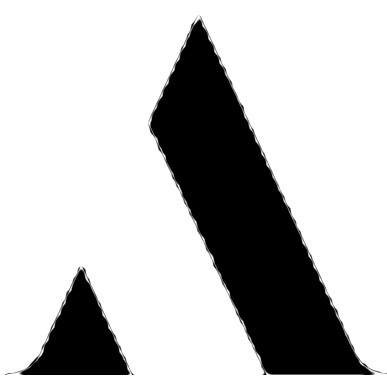China is leading the charge against Western liberal democracy, but others will follow

Kyodo News via Getty Images
One of the curious things about golden eras is how few people appreciate they are living through one until it is over. In retrospect, most of my life has been spent, though I didn’t realise it at the time, wrapped in the warm embrace of such a period. Following the dissolution of the USSR in 1991, liberal democracy was king. Having seen off first fascism, then communism, it didn’t face a coherent and popular ideological adversary. We had reached, Francis Fukuyama felt confident enough to argue, the “end of history”. The final triumph of the liberal democratic, or Western, system of government.
Certainly, in the nineties and noughties, the march of liberal democracy seemed unrelenting. A wave of ‘colour’ revolutions swept autocrats from power in a series of USSR successor states. Democracy was consolidated in South America and the former Warsaw Bloc states of Eastern Europe, with the latter gradually becoming integrated into NATO and the European Union. For a while, neo-conservatism, a revolutionary movement which advocated spreading democracy by force under the cover of American hegemony, ruled the roost in Washington. It later met its Waterloo in the quagmire of Iraq.
Fast forward to 2019 and, its clear that this march forward has ended. In the introduction to its 2019 annual report, Freedom House, the US research institute, warned “democracy is in retreat”. It named 68 countries which had experienced “net declines in political rights and civil liberties” last year, as opposed to “only 50 registering gains”.
From Erdogan to Duterte, via Kaczynski and El-Sisi, authoritarian strongmen are all the range. Jair Bolsonaro, the new President of Brazil, is an undisguised admirer of the dictatorship which ran his country from 1964 to 1985. In Hungary, an EU member state, virtually the only effective opposition to Victor Orban is provided by the neo-fascist, Jobbik.
Most significantly, in 2016 the United States, traditionally the chief advocate and defender of the free world, opted for a President who treats certain fundamental liberal democratic values with an expendability he used to reserve for his wives. Ahead of his election, Donald Trump vowed to imprison his chief rival on politically motivated charges, spread racially charged conspiracy theories about the election being rigged by his opponents, and refused to say he would concede if defeated. Following the election, he has consistently appeared more comfortable in the company of, and more sincere when praising, autocrats than the likes of Angela Merkel or Theresa May.
All of this has taken place against the backdrop of the spectacular and ongoing rise of China. Chinese GDP per capita increased by a factor of 16 between 1990 and 2017. The country maintained double digit GDP growth during the financial crisis and, though this has since slowed, it continued to enjoy a rate of growth that practically all Western powers can only dream of. China’s dramatic economic advances are increasingly bleeding into the diplomatic and military spheres. The Belt and Road Initiative, designed to tie a swath of Asia and Eastern Europe to China economically, is far more ambitious than anything planned by a Western government. Meanwhile according to a recent paper from the Congressionally appointed National Defence Strategy Commission US military, supremacy over China in the Pacific region has been eroded to a “dangerous degree”.
The rapid ascent of China has provided a shot in the arm to authoritarianism the world over. It shows that states which run along authoritarian lines can compete with, and potentially challenge, the great liberal democratic powers. This is an uncomfortable admission, but surely a necessary one for those of us who want to understand why the Western model is losing ground. The Chinese system combines political authoritarianism, nationalism and a peculiarly statist form of capitalism. These are plenty of other countries, Vietnam and Thailand for instance, which have adopted relatively similar models.
The end of the Cold War saw the defeat of the last great ideological challenge to liberal democracy. Communism demonstrated, despite periods of early vibrancy, that it simply couldn’t compete. From this point on there was only really one model in time for ambitious reformers, the Western one. This is no longer the case. The rise of China shows that, once again, liberal-democracy faces a serious ideological challenge. An ideology which pairs political dictatorship with significant, though carefully constrained, economic freedom.
If we had been living through a golden era for liberal democracy, starting with the collapse of the USSR, it is less clear when precisely it ended. Many would point to the 2008 financial crisis, which shook faith in world financial markets and unleashed a wave of populism. Others might pick 2014, when Putin’s Russia felt strong enough to openly defy the West and invade Ukraine. Personally I would opt for 2016, the year that saw liberal-democracy challenged in its American heartland by the Trump insurgency.
Honestly thought, I don’t think the exact date selected matters. It’s the trend that does. The supremacy of the liberal democratic model is no longer assured. A new era of rapid technological advance, especially in the field of AI, will present further challenges. Once again those of us who want to live in democratic societies must be ready to fight and struggle for that right. Our triumph can no longer be taken for granted. The age of the “end of history” is well and truly over.





